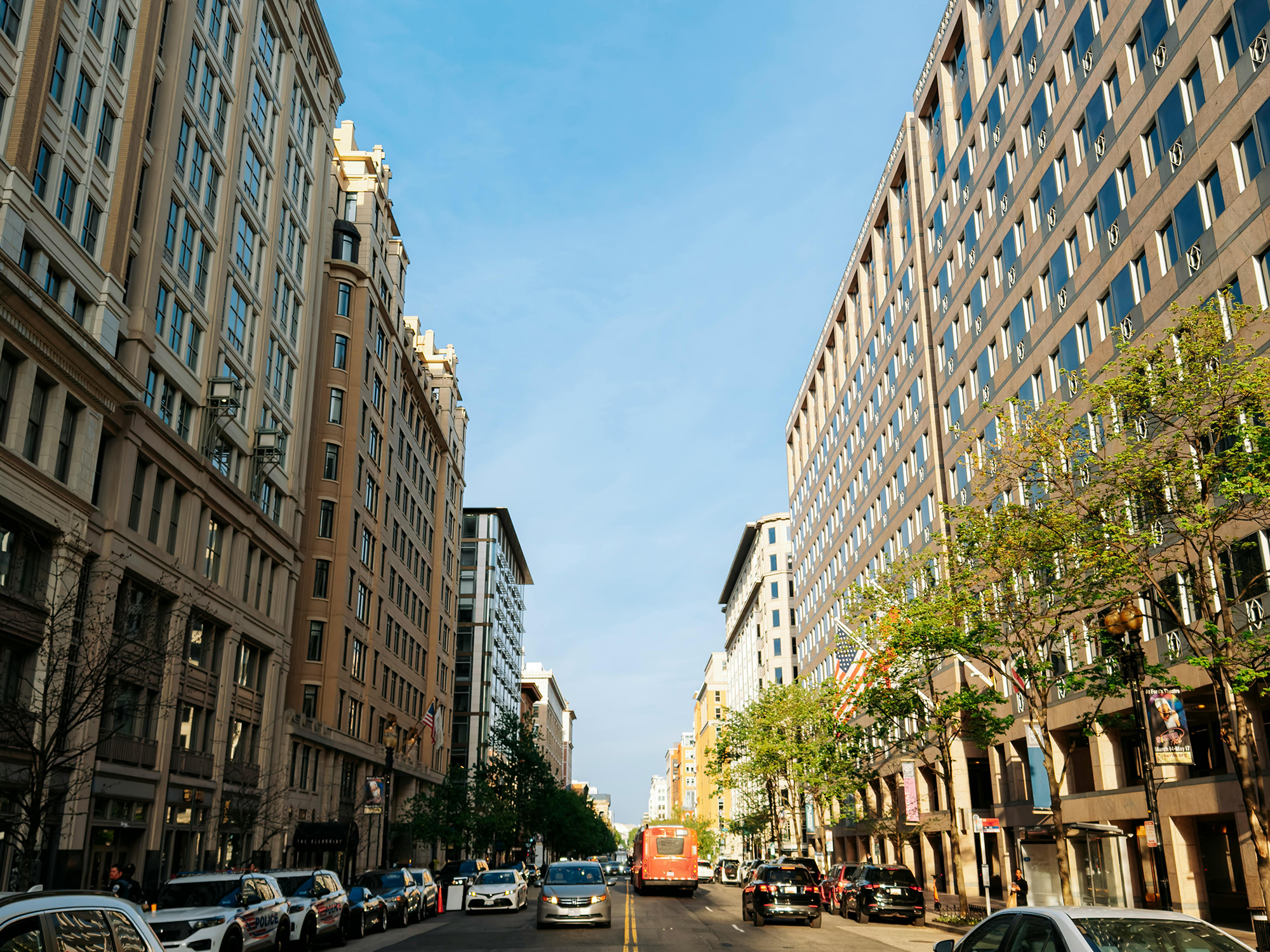

Blog
What’s behind the growth of adaptive reuse in the Mid-Atlantic and Northeast regions?

We can say conversion, adaptive reuse, office to residential, change of use, repurposing; but let’s not get stuck on terminology. We’re talking about underutilized commercial real estate that can be transformed into multifamily housing.
Why demolish a building with good bones? Conversions can significantly shorten the timeline from project start to move-in, especially when paired with new incentives and the sustainability benefits from keeping the existing structure intact.
Every building conversion is unique. To ensure success, it’s essential to identify available incentives, conduct a feasibility study of the existing structure, and understand how building codes and accessibility standards will shape design and construction.
Adaptive reuse isn’t new, but interest is accelerating. SWA has seen a marked increase in projects, more inquiries from developers on feasibility, and notable changes to local codes and zoning encouraging conversions.
The surge stems from a combination of factors:
In Washington, D.C., the problem deepened when many small downtown businesses closed during the pandemic, reducing weekday foot traffic and diminishing the vibrancy of commercial districts. Without a strong local workforce to sustain surrounding amenities, demand for office space has remained low.
At the same time, changes in codes and zoning are making conversions more appealing. Some projects now qualify for expedited permitting, higher allowable residential square footage, and years—sometimes decades—of tax abatements or other incentives.
While these trends extend across SWA’s office regions, this post focuses on the Mid-Atlantic, particularly the DMV region (scroll down for a quick look at the Northeast).
Washington, DC is a leader in the push for conversions. In 2018, the DC Council created the Office-to-Affordable-Housing Task Force. In early 2025, Mayor Bowser launched the Office-to-Anything program, offering up to 15 years of property tax abatements for office buildings repurposed into housing, hotels, entertainment venues, or other community uses.
These initiatives position DC as one of the nation’s leaders in office-to-residential conversions, using adaptive reuse to drive economic revitalization and increase downtown housing supply.
Montgomery County (MoCo) is also embracing this trend. The county has introduced legislative updates to accelerate office-to-residential conversions. A proposed Payment in Lieu of Taxes (PILOT) program would grant a 20-year property tax exemption for projects that include a substantial share of affordable housing units.
The county is also reworking its incentive zoning point system to align with climate and equity goals, prioritizing sustainability features and embodied carbon savings.
MoCo also approved a new zoning category, Commercial to Residential Reconstruction, removing floor area ratio (FAR) caps and offering expedited approvals. This allows entire buildings to be converted to residential use, enabling denser housing in prime locations with faster project delivery.
In late 2024, Arlington County adopted a major zoning ordinance amendment (ZOA-2024-09) prioritizing adaptive reuse. The new rules create a special exception category for conversions, cutting approval timelines from up to a year (!) to just 120-150 days.
Developers may also receive added density or height allowance for projects that include affordable housing or meet advanced green building certifications.
Alexandria’s Zoning for Housing initiative promotes housing diversity and affordability by introducing more flexible zoning rules. The updates expand allowances for auxiliary dwelling units within commercial buildings, permit rooftop areas to count toward multifamily open space requirements, and grant height bonuses to projects that meet affordable housing thresholds.
Completing these changes, the city’s 2025 Green Building Policy introduces adaptive reuse carve-outs, including reduced EUI targets and exemptions from certain on-site renewable energy requirements.
Here’s what’s happening outside the DMV:
The Commercial Conversion Initiative offers grants for eligible projects and planning assistance for redeveloping underutilized buildings.
A new adaptive reuse program offers tax incentives for converting vacant industrial or commercial properties.
An active Office Adaptive Reuse Task Force is pushing for flexible regulations. The recently passed City of Yes zoning package opens the door to conversions in areas where they were previously prohibited.
Substantial renovations or a change of use or occupancy classification will trigger a variety of accessibility requirements.
Some jurisdictions, like New York City, will require compliance with new construction criteria where a project is undergoing a change of use. In other jurisdictions, the applicability of accessibility criteria will be dependent upon the cost and/or extent of renovations.
Cities across the country are looking for creative ways to pair underused office space with the urgent need for multifamily housing. For developers, the advantages can include:
SWA has guided projects through zoning and code changes; developed strategies to meet and exceed energy, sustainability, and accessibility requirements; conducted embodied carbon analyses to quantify benefits of reuse; and collaborated with local agencies to create customized compliance pathways.
We see adaptive reuse as a win for developers, cities, residents, and the environment alike.
Contact us to talk about your next adaptive reuse project.
Steven Winter Associates